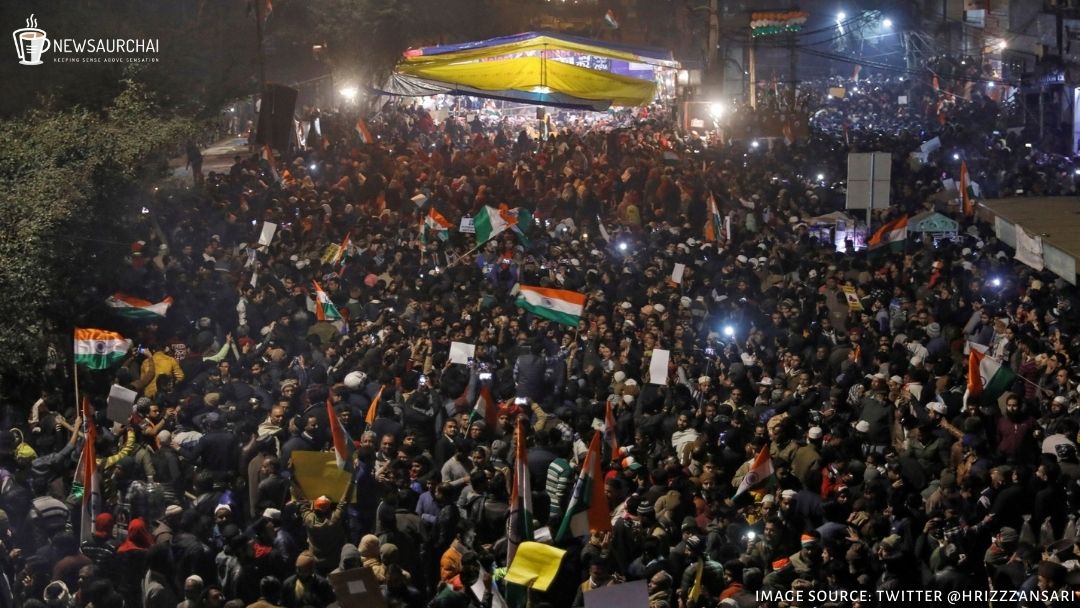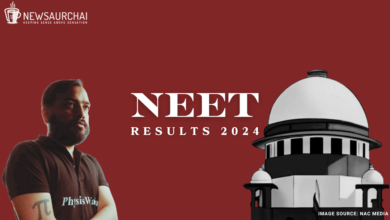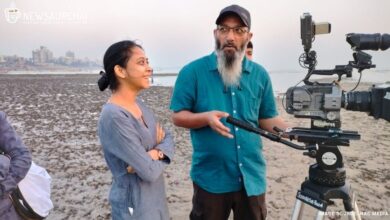
Supreme Court of India in its recent judgement on October 7 stated Protests can’t occupy public places indefinitely concerning the plea of Shaheen Bagh Protest against Citizenship (Amendment) Act (CAA) which ran over more than three months blocking a major arterial road connecting Uttar Pradesh and New Delhi.
Background:
CAA allows Indian citizenship for Hindu, Sikh, Buddhist, Jain, Parsi, and Christian religious minorities who fled from the neighbouring Muslim majority countries of Pakistan, Bangladesh and Afghanistan before December 2014 due to “religious persecution or fear of religious persecution.”
The act excluded Muslim minority from these countries and the agitators protested on the grounds of the right to equality enshrined in the Constitution.
This was the prime cause of dissent against the act; a peaceful demonstrations which turned violent protests all over the country in 2019.
Shaheen Bagh was seen as the hotspot of non-violent protests. However, they jammed Noida-Kalindi Kunj road causing Advocate Amit Sahni and Bharatiya Janata Party leader Nand Kishore Garg filing a plea against road blockade against the protests.
A three-judge bench of Justices, while hearing the case, criticised Delhi Police and State High Court for not taking adequate action on time. Also said the administration is entirely responsible for the prevention of encroachments in public places without waiting for lead courts to pass suitable orders.
Understanding Reasonable Restriction:
The nature of rights is such that they cannot be absolute and must be practised with certain reasonable restrictions. Hence, constitutionally fundamental rights are not absolute. Right to protest is a fundamental right under Article 19, which involves freedom of expression and speech.
Supreme court said “Democracy and dissent go hand in hand but then the demonstrations expressing dissent have to be in designated places alone.”
Public places such as road form a crucial part of transportation and a demonstration over the same would cause a disturbance in general movement and everyday life of communication. Thus “Right of protest has to be balanced with the right to commute.”
The argument against the judgement is that Public places were a significant location of the independence movement and if it weren’t for continuous civil disobedience movement against the British administration, freedom would have a distant future.
The court argues that “Erstwhile mode and manner of dissent against colonial rule cannot be equated with dissent in a democracy.” We have a well-established constitution which not only gives us the rights but also make sure about our obligations towards the state.
Another major argument is that if not public places, then where? The supreme court does not define any designated area. When it comes to protests, there is permission Raj tradition of police wherein any protest against the state majorly gets rejected.
In such a situation, where would a commoner go to make his voice heard? More importantly, the means of these protests are slowly and gradually crushed. The essence pf protest is public awareness, participation and precisely why public roads cannot be off-limits.
On the other hand, public places are vital means of commute to not only earn livelihood but significant for various services like emergency aid of ambulances, firefighter, trash collection, Postal/Courier and others which are blocked due to Dharnas.
The supreme court went ahead to add remarks in Shaheen Bagh protests “in the absence of leadership guiding the protests, this resulted in many influencers acting at cross purposes.” The Shaheen Bagh protests were majorly a driving force of CAA, but it also protested against police brutality, unemployment, poverty and for women’s safety. This may have prompted the court for its remark. Justice Kaul emphasised that technology and social media could give momentum or distractions to protests.
Justice Kaul had observed that the right to protest could happen in legislative Democracy in Parliament and on the roads, “but on roads, it has to peaceful.” Thus, adding a limit to the dissent in Democracy.”





